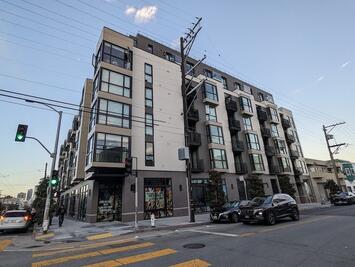
Sometimes a story takes a number of years to ripen. And sometimes two or three stories merge in unexpected ways. I just had a moment of convergence when new infill development, sub rosa adaptation, and wartime migration all collided.
Back in the 1990s I used to live across the street from an old gas station. It was still functioning at the time, but some years after I moved it went dark and became little more than a parking lot. That lasted for over a decade. That’s how long it takes to get approval for new construction in San Francisco. Then one day a fence went up, the gas station building was scraped, and a remediation crew went to work decontaminating sixty odd years of petroleum funk from the soil. Benzene, toluene, ethylbenzene, xylenes, lead, heavy metals, MTBE, ethylene dichloride, naphthalene… Fun stuff.
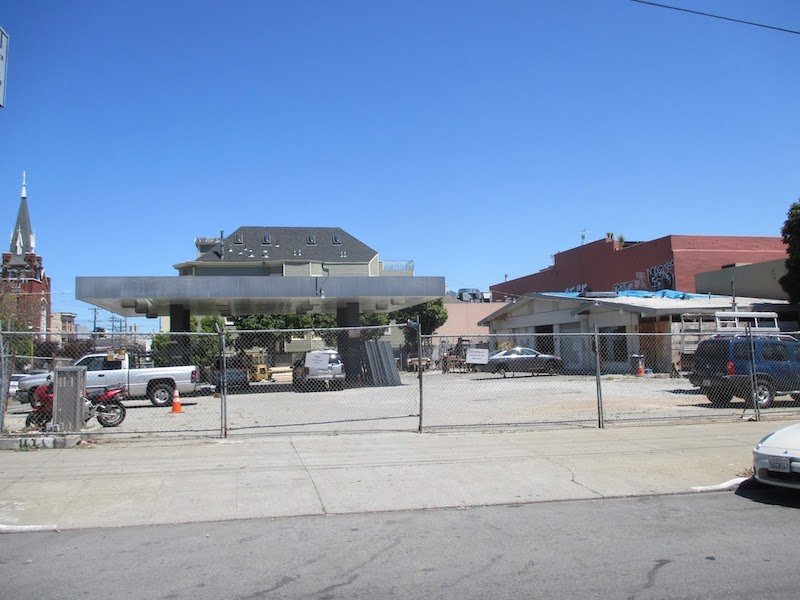
I like to stop by and chat with the folks who do this kind of work. Evidently they inject various sugars and fertilizers into the earth to stimulate bacteria that eat the toxic hydrocarbons and break them down into simpler less troublesome elements. That took a few more years. And then, like a mushroom sprouting, an apartment building went up in a matter of months. The permit process and site preparation cost millions of dollars. Construction during the Covid supply chain period made the building significantly more expensive than it might have been. Radically lower interest rates on the construction loan help soften the blow, but none of this work is cheap. In the end, demand for new housing is powerful and the market gobbled up the units the instant they were completed.
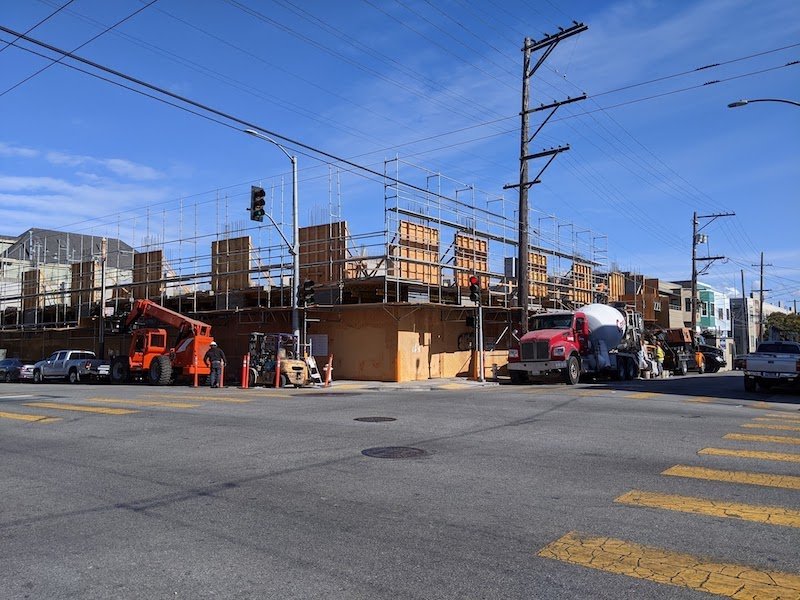
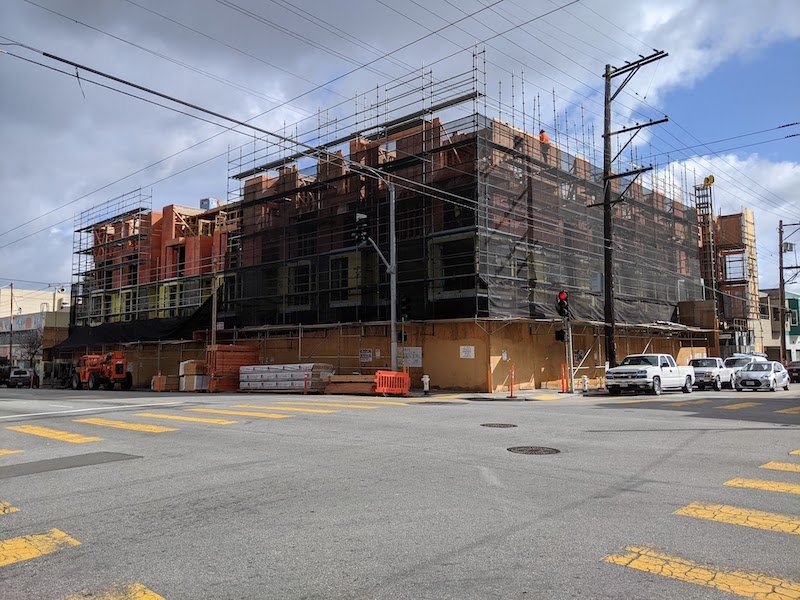
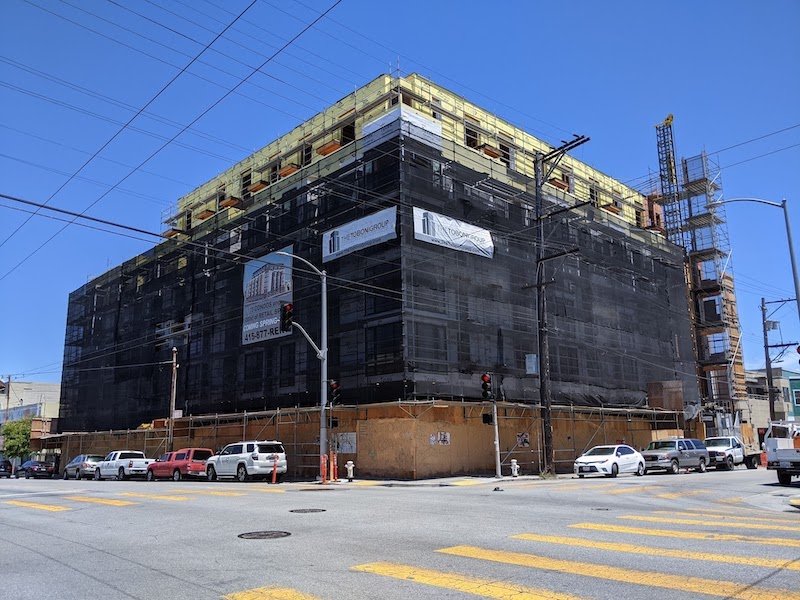
Resistance to new buildings like this one come from all sides. Existing renters saw it as a sure sign of gentrification that would drive up rents in a priviously affordable neighborhood and push them out of the city. Existing property owners saw these buildings as too big, too out of place, and too full of people who will induce more traffic congestion and more problems. I always asked how they felt about the old gas station. Was that a cherished community institution?
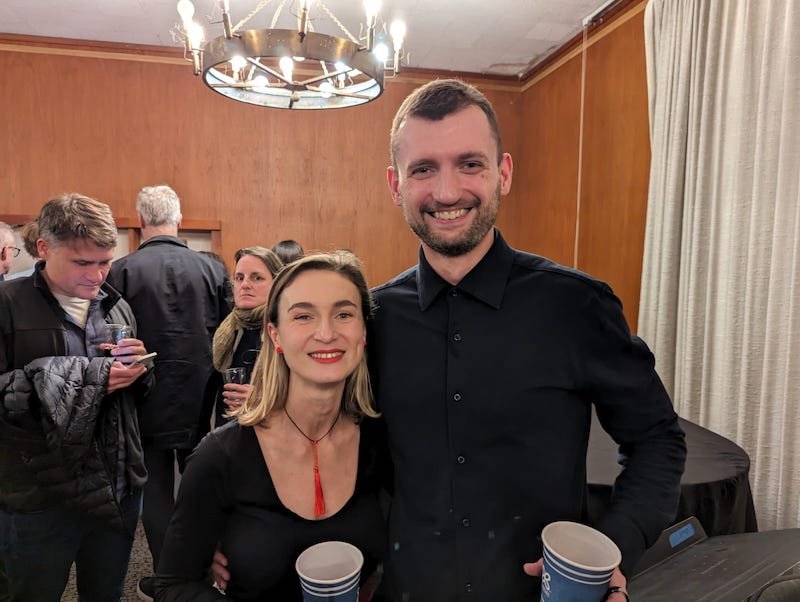
Fast forward to this week when I helped a Ukrainian couple move into their new accommodations in the building. They arrived from Europe six months ago and were sponsored by my good friends. They were initially provided with a free space to crash so they had time to secure legal documents, find work, and establish themselves in a new country. I’ve also been busy sponsoring Ukrainians displaced by the war so I was already on board with the whole integration process. I reached out to the usual suspects and brokered some free furniture for them.
Read the rest of this piece at Granola Shotgun.
Johnny Sanphillippo is an amateur architecture buff with a passionate interest in where and how we all live and occupy the landscape, from small rural towns to skyscrapers and everything in between. He travels often, conducts interviews with people of interest, and gathers photos and video of places worth talking about (which he often shares on Strong Towns). Johnny writes for Strong Towns, and his blog, Granola Shotgun.
Photos: by the author. Lead photo is the finished infill building.












